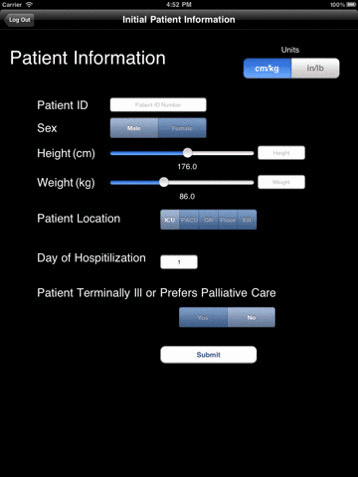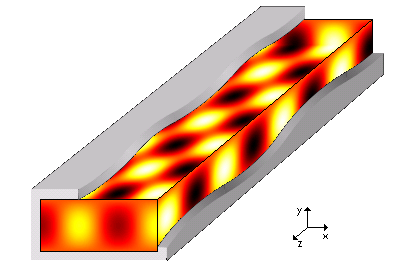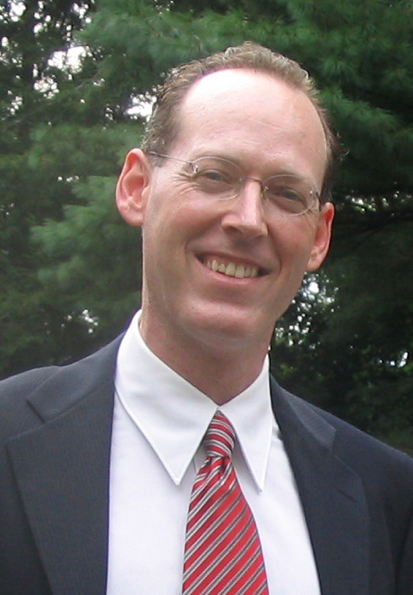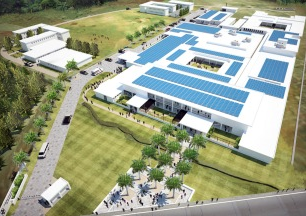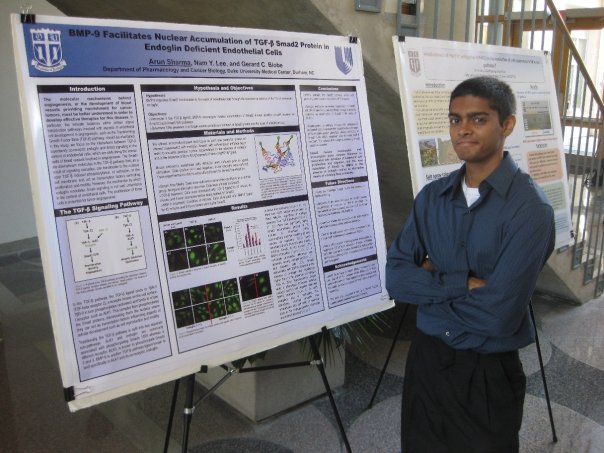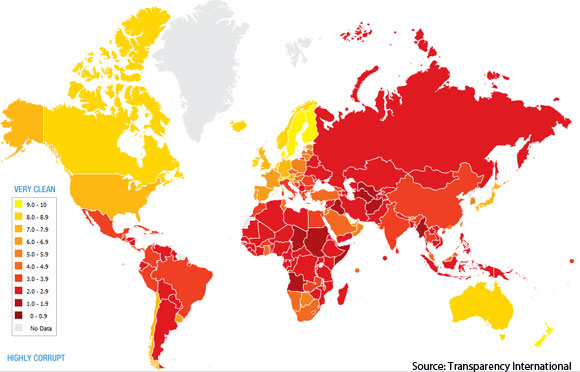By Becca Bayham
 His lab colleagues call him Batman, the Toxic Knight.
His lab colleagues call him Batman, the Toxic Knight.
To the rest of the world, he is Maxwell Leung, a PhD candidate in Duke’s environmental toxicology program. For the past five years, Leung has worked in the lab of Joel Meyer (AKA “Super-enviro-man”) fighting for environmental justice with pipettes and PCR machines.
Leung spoke about his research Jan. 27 as part of the Nicholas School’s continuing series on toxicology. Leung studies how exposure to certain environmental chemicals can affect organisms’ later-life development by damaging their DNA.
Cells contain two types of DNA: nuclear DNA (found in the nucleus) and mitochondrial DNA (found in mitochondria, which generate most of a cell’s energy).
“When people talk about DNA damage, they are usually referring to DNA damage and revision occurring in nuclear DNA,” Leung said.
For the most part, special packaging and multiple repair mechanisms protect nuclear DNA from harm. However, mitochondrial DNA lack certain repair mechanisms, and little is known about their packaging. In the lab, Leung evaluated damage to both types of DNA by exposing worm larvae to short bursts of UV radiation. He found that, while nuclear DNA damage was partially repaired during the 24 hours between exposures, mitochondrial DNA damage continued to accumulate.
Further study of the exposed worms suggested that mitochondrial DNA damage at an early life stage can cause adverse effects such as reduced energy production, DNA transcription and oxygen consumption in adults. Given this connection, Leung sought to identify environmental chemicals that are capable of damaging mitochondrial DNA. Of the six chemicals he tested, one targeted mitochondrial DNA over nuclear DNA, and caused visible neurological effects: paraquat, a widely-used herbicide.
Which raises the question: if one out of six tested chemicals had this effect, then how many other environmental chemicals could cause that type of damage?
Unfortunately, mitochondrial DNA damage disproportionately affects neurological tissues; neurons require a great deal of energy and thus contain large amounts of energy-producing mitochondria. Studies have found strong associations between genes in mitochondrial DNA and neurodegenerative disorders such as Parkinson’s disease.
After the lecture, I spoke to Leung about why he decided to study science, and how he came to Duke.
 “When I was in junior high, there was a TV show called ‘Success Stories’ in Hong Kong, featuring a number of famous Chinese scientists pursuing scientific careers in U.S. They went on to become National Academy members, win Nobel Prizes, and make important contributions to science and our world. That left an impression on me.”
“When I was in junior high, there was a TV show called ‘Success Stories’ in Hong Kong, featuring a number of famous Chinese scientists pursuing scientific careers in U.S. They went on to become National Academy members, win Nobel Prizes, and make important contributions to science and our world. That left an impression on me.”
Now, Leung hopes to write his own success story. He received his undergraduate degree in Food and Nutritional Science from the University of Hong Kong, and a master’s degree in Food Toxicology from the University of Guelph in Canada.
Leung came to Duke in 2007, following a visit to Joel Meyer’s newly-established environmental toxicology lab. At the time, the lab was “literally empty,” with just four PCR machines and a lab technician from Canada. Fifteen researchers work in the lab now, and each has been christened with their own superhero nickname including such characters as “Terror Byte,” the “Nano Ninja,” and “Wonder Worm Woman”.
“I enjoy the people I come across in science more than the science itself,” Leung said. “I enjoy doing experiments, giving talks and writing papers, but it is always the interesting people that I get to know through these activities that keep me going everyday.”




